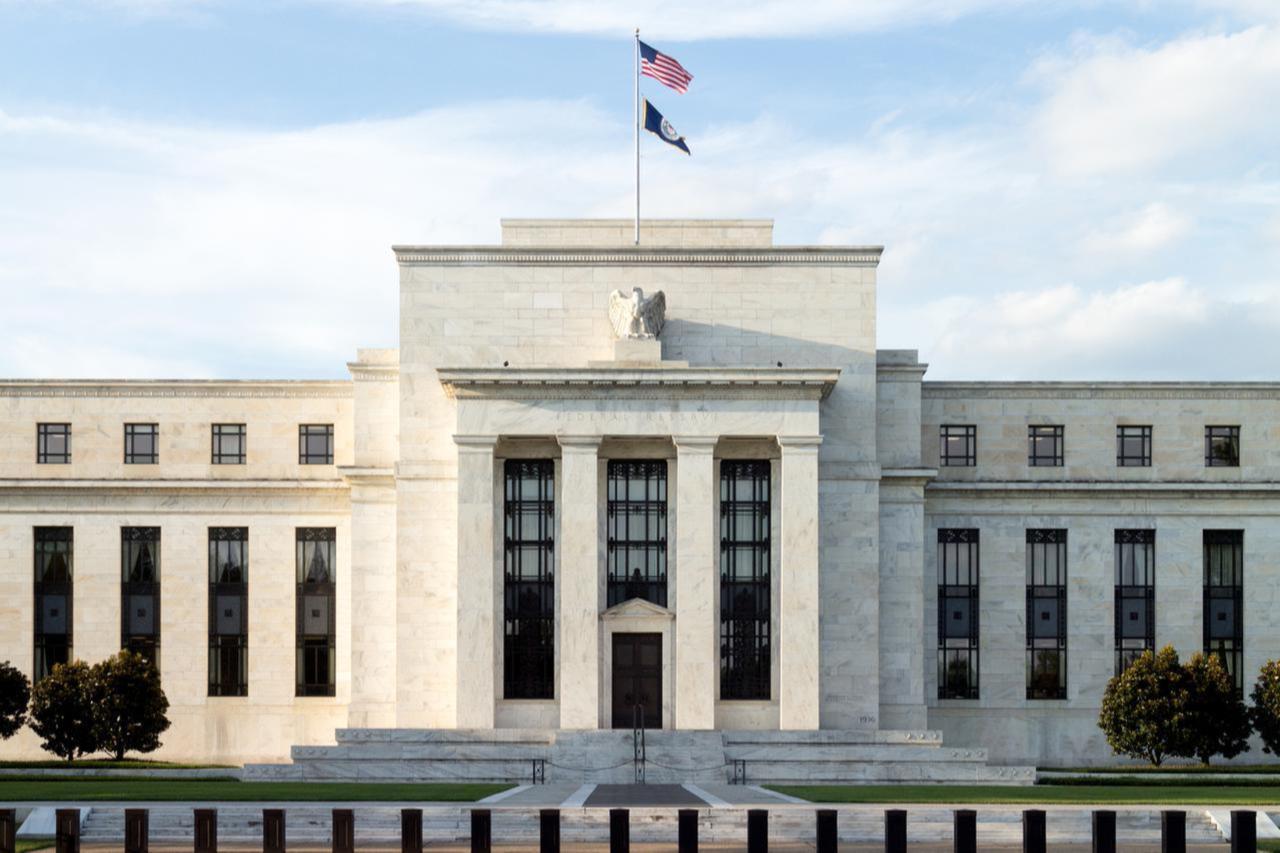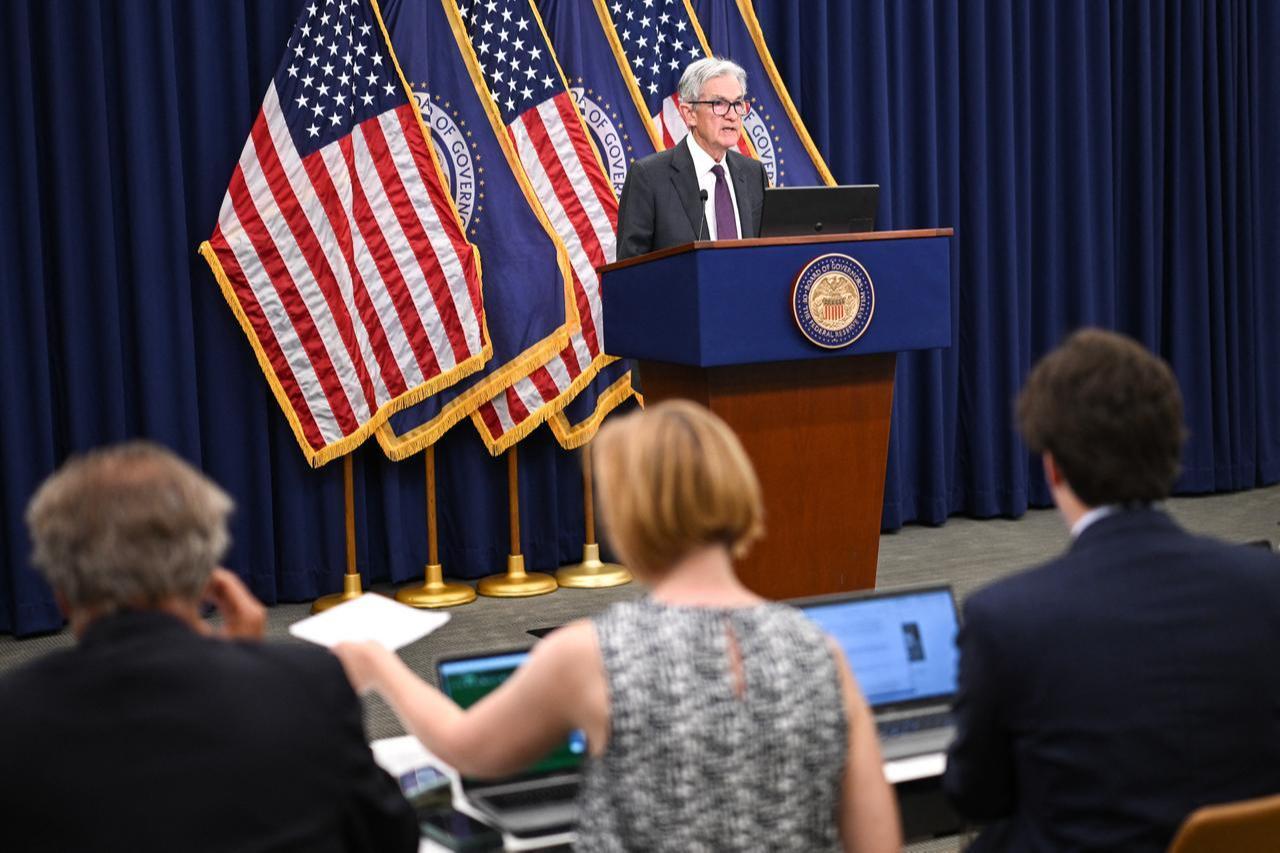
The Federal Reserve lowered its benchmark interest rate by a quarter percentage point on Wednesday, marking the central bank's first rate reduction of the year as officials cited weakening job market conditions and mounting employment risks.
The federal funds rate now sits between 4% and 4.25% following the 25 basis point cut, with policymakers signaling plans for two additional reductions before the year's end. The decision represents a shift in monetary policy as the central bank responds to evolving economic conditions.

Only new Fed Governor Stephen Miran voted against the decision, advocating instead for a more substantial rate reduction. The rare dissent highlights internal debate over the appropriate pace of monetary easing as economic indicators present mixed signals.
Federal Reserve officials pointed to slower job gains as a primary factor influencing their decision to begin cutting rates.
The central bank's dual mandate requires attention to both price stability and full employment, with recent labor market data suggesting increased risks to the employment outlook.